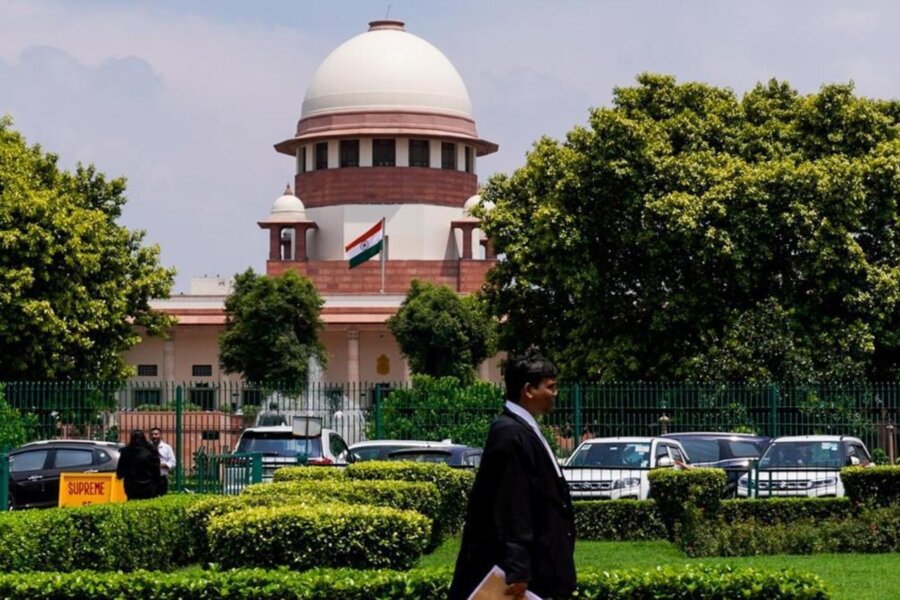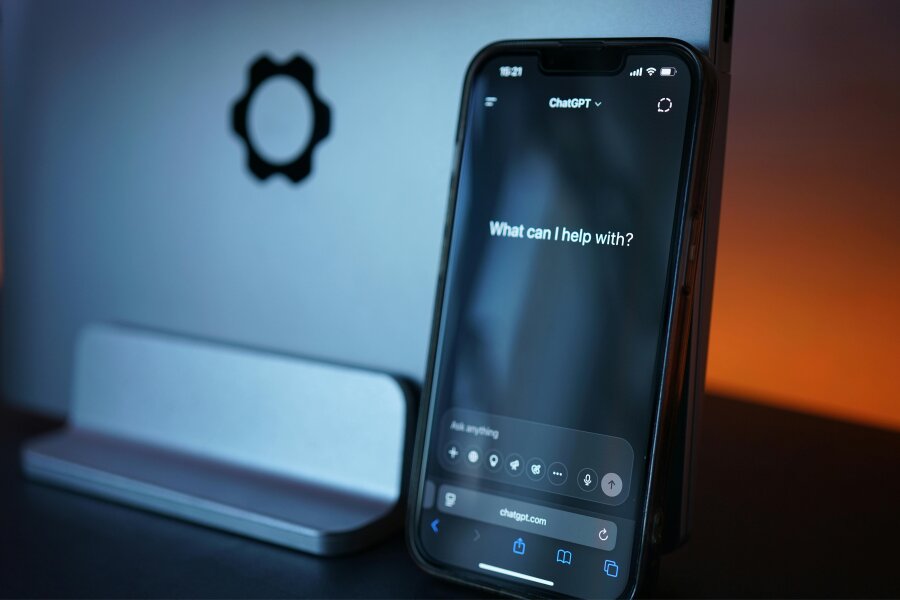Best Personal Injury Lawyers in Karasjok
Share your needs with us, get contacted by law firms.
Free. Takes 2 min.
List of the best lawyers in Karasjok, Norway
We haven't listed any Personal Injury lawyers in Karasjok, Norway yet...
But you can share your requirements with us, and we will help you find the right lawyer for your needs in Karasjok.
Find a Lawyer in KarasjokAbout Personal Injury Law in Karasjok, Norway
Personal injury law in Norway regulates compensation when a person is harmed because of an accident, defective products, medical treatment, workplace incidents, traffic collisions, or other wrongful acts. In Karasjok, as elsewhere in Norway, claims are usually handled first by insurance companies and public schemes. If a fair settlement cannot be reached, cases can be taken to the district court that has venue for Karasjok.
Karasjok is within the Sami language administrative area. You have the right to use Sami in dealings with public authorities, including many health and justice sector bodies. Local life also involves unique risk factors such as reindeer on roads, winter driving, and frequent use of snowmobiles. These context-specific details can affect how an accident is assessed and which insurer or scheme is responsible.
Why You May Need a Lawyer
Personal injury cases often involve complex rules, strict deadlines, and negotiations with insurers. A lawyer can help you gather medical documentation, calculate losses, handle negotiations, and protect your rights if liability is disputed.
You may need legal help if you were hurt in a traffic or snowmobile accident, suffered an injury at work, believe you were harmed by medical treatment, were injured by a defective product, had a serious slip and fall on public property, are dealing with NAV benefits after an injury, or face a cross-border issue near the Finnish border. A lawyer can also evaluate contributory fault, coordinate expert assessments, and ensure you meet limitation deadlines.
Local Laws Overview
Norwegian personal injury claims are largely governed by the Damage Compensation Act, the Limitation Act, the Motor Vehicle Liability Act, the Product Liability Act, the Patient Injury Act with the Norwegian System of Compensation to Patients, and the Occupational Injury Insurance Act. Employers must carry occupational injury insurance. Motor vehicle owners must carry traffic liability insurance. Medical treatment injuries are assessed through a national no-fault patient injury scheme.
Liability is often based on negligence, but some areas use strict liability. Motor insurance covers bodily injury to third parties regardless of driver fault, subject to certain defenses and possible reductions. Product liability may apply without proof of negligence if a defective product caused the injury. For workplace injuries, there is mandatory insurance that provides standardized coverage in addition to general tort compensation.
Damages typically cover economic loss such as medical expenses not covered by the public system, lost income, reduced future earning capacity, and necessary assistance and adaptations. Non-economic loss is addressed primarily through menerstatning, which compensates for permanent medical impairment according to set criteria. Punitive damages are not awarded in Norway.
Limitation rules are strict. As a general rule, claims must be brought within three years from the date you had, or should have had, necessary knowledge of the injury and the responsible party, with a long-stop limit of 20 years. Special rules apply to patient injuries, minors, and latent injuries. Time limits can differ across schemes, so early legal advice is important.
Claims are typically notified to the relevant insurer or public body as soon as possible. Evidence is crucial. Medical records, photographs, witness details, police or incident reports, employment and income documentation, and receipts for expenses should be gathered promptly. There is a duty to mitigate loss by following reasonable medical advice and attempting to return to work where possible.
Karasjok residents can use Sami in contact with many public authorities. Interpretation and translation can be requested when communicating with courts, police, health services, and some administrative bodies. This can improve accuracy in statements and reduce misunderstandings that might affect your claim.
Frequently Asked Questions
What counts as a personal injury claim in Norway?
A personal injury claim arises when you suffer physical or psychological harm because of another person or entity, a defective product, a traffic accident, an occupational injury, or medical treatment. It includes both immediate and long-term consequences such as permanent impairment and loss of income.
How long do I have to make a claim?
Many claims are subject to a three-year limitation period from when you knew or should have known about the injury and the responsible party. There is usually a 20-year absolute limit. Patient injury cases and claims involving minors have special rules. Do not wait to seek advice, because identifying the correct deadline can be complex.
What compensation can I receive?
Compensation can include medical and rehabilitation costs not covered by public health or NAV, past and future loss of income, necessary assistance and home or vehicle adaptations, and compensation for permanent medical impairment called menerstatning. Interest and legal costs may be recoverable according to the Dispute Act and other rules. There are no punitive damages.
Do I need to report the accident to the police or other authorities?
For traffic accidents with personal injury, you should contact the police and your insurer. Workplace injuries should be reported to your employer, NAV, and the occupational injury insurer. For incidents on public property, notify the property owner or municipality. Medical injuries should be reported to the patient injury body. Timely reporting helps preserve evidence and protect your rights.
How do traffic and snowmobile accidents work in Karasjok?
Motor vehicle liability insurance is mandatory and uses a strict liability model for bodily injury. This also covers many snowmobile accidents. You should exchange details, document the scene, seek medical attention, notify your insurer, and consider reporting to the police. Reindeer and wildlife on roads are a known local risk and may affect how fault and insurance coverage are evaluated.
What if I was partly at fault?
If you contributed to the accident, your compensation can be reduced proportionally. Insurers will assess factors such as speed, intoxication, failure to use safety equipment, or ignoring safety instructions. A lawyer can help challenge unfair reductions and ensure all relevant evidence is considered.
How are medical injuries compensated?
Norway has a no-fault patient injury scheme. If you were harmed by medical treatment or failure to diagnose, you can apply to the national patient injury body for assessment and compensation. You do not have to prove negligence in the traditional sense, but you must show that treatment probably caused the injury and meets statutory criteria.
What should I do after a workplace injury?
Seek medical treatment, tell your employer immediately, ensure the injury is reported to NAV and the occupational injury insurer, and keep copies of all documents. You may have rights to benefits from NAV and additional compensation under mandatory occupational injury insurance. A lawyer can coordinate these avenues and maximize your total recovery.
Can I use Sami in my case?
Yes. Karasjok is within the Sami language administrative area. You may use Sami when dealing with many public authorities, and you can request interpretation. This applies in interactions with health services, police, and courts, subject to applicable language rights regulations.
Do I need a lawyer and how are fees handled?
Many people benefit from legal help because insurers and public schemes have detailed rules and timelines. Fee models vary. Hourly billing is common. Some legal expense insurance policies cover all or part of your costs. Success-based components may be available in some cases, subject to professional regulations. Ask for a clear fee agreement and check any insurance you have that might cover legal costs.
Additional Resources
NAV Troms og Finnmark for sickness benefit, disability benefit, and occupational injury reporting and benefits.
Norwegian System of Compensation to Patients for medical injury claims.
Finansklagenemnda for disputes with insurers about coverage and claim settlements.
Trafikkforsikringsforeningen for issues related to compulsory motor insurance and unidentified or uninsured vehicles.
Arbeidstilsynet for workplace safety and reporting serious incidents.
Local police in Finnmark for accident reporting and obtaining police reports when needed.
Patient and User Ombud in Troms og Finnmark for guidance on health service issues and patient rights.
Norwegian Bar Association and local law firms with experience in personal injury and insurance law.
Next Steps
Seek medical attention immediately and follow the treatment plan. Ask for copies of medical records and keep a record of symptoms, medications, and time off work. Early documentation helps establish causation and the extent of your loss.
Notify the correct party quickly. For traffic accidents, contact your motor insurer. For workplace injuries, notify your employer, NAV, and the occupational injury insurer. For suspected medical injuries, submit a claim to the patient injury body. For incidents on public or private property, notify the owner or municipality.
Collect evidence. Take photos, identify witnesses, save receipts and invoices, and gather employment and income records. If Sami is your preferred language, request interpretation when dealing with authorities and healthcare providers.
Consider legal advice early. A lawyer can assess liability, calculate damages including menerstatning, manage deadlines, and negotiate with insurers and public bodies. If negotiations stall, your lawyer can advise on filing a claim in the appropriate district court for the Karasjok area.
Review funding. Check if you have legal expenses insurance attached to your home or motor policy, ask about fee structures, and confirm what costs may be recoverable. Ensure you understand any time limits that apply to your situation so you do not lose your right to compensation.
Lawzana helps you find the best lawyers and law firms in Karasjok through a curated and pre-screened list of qualified legal professionals. Our platform offers rankings and detailed profiles of attorneys and law firms, allowing you to compare based on practice areas, including Personal Injury, experience, and client feedback.
Each profile includes a description of the firm's areas of practice, client reviews, team members and partners, year of establishment, spoken languages, office locations, contact information, social media presence, and any published articles or resources. Most firms on our platform speak English and are experienced in both local and international legal matters.
Get a quote from top-rated law firms in Karasjok, Norway — quickly, securely, and without unnecessary hassle.
Disclaimer:
The information provided on this page is for general informational purposes only and does not constitute legal advice. While we strive to ensure the accuracy and relevance of the content, legal information may change over time, and interpretations of the law can vary. You should always consult with a qualified legal professional for advice specific to your situation.
We disclaim all liability for actions taken or not taken based on the content of this page. If you believe any information is incorrect or outdated, please contact us, and we will review and update it where appropriate.







